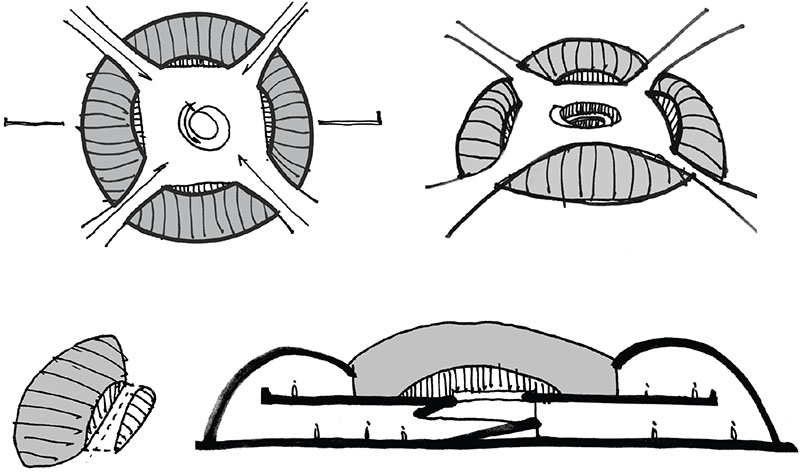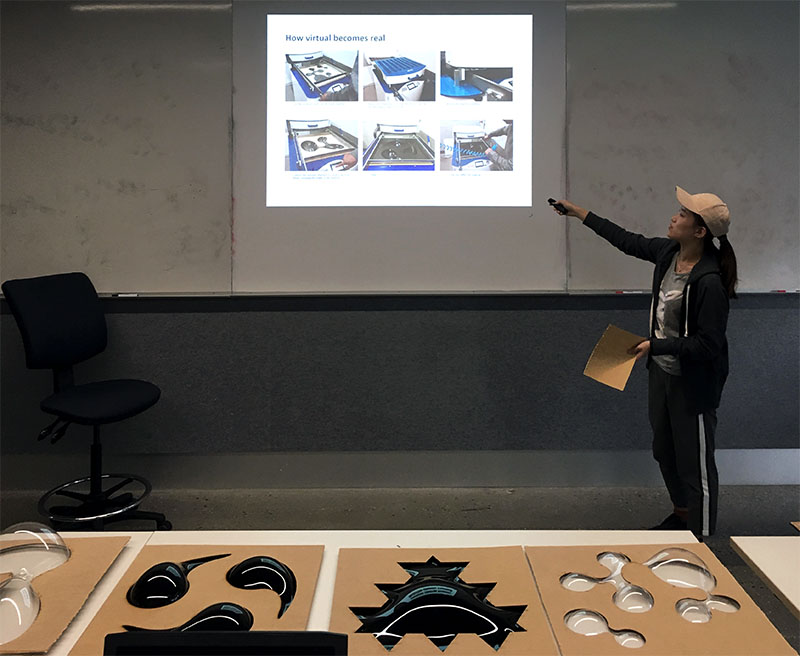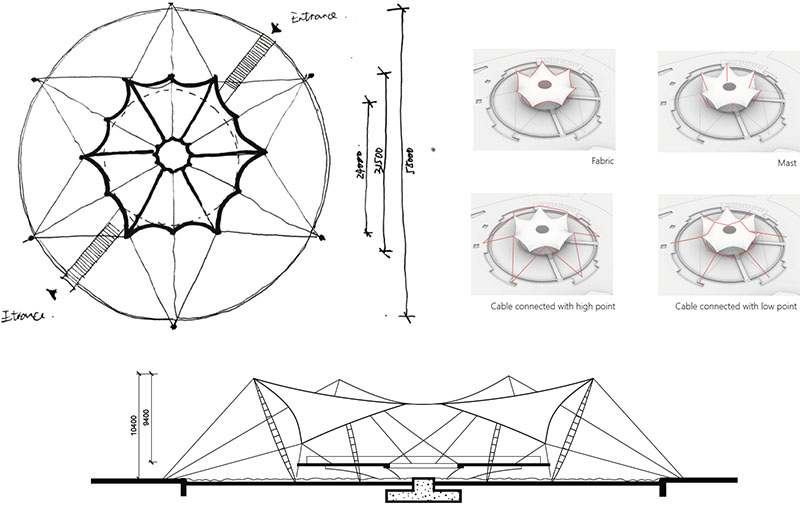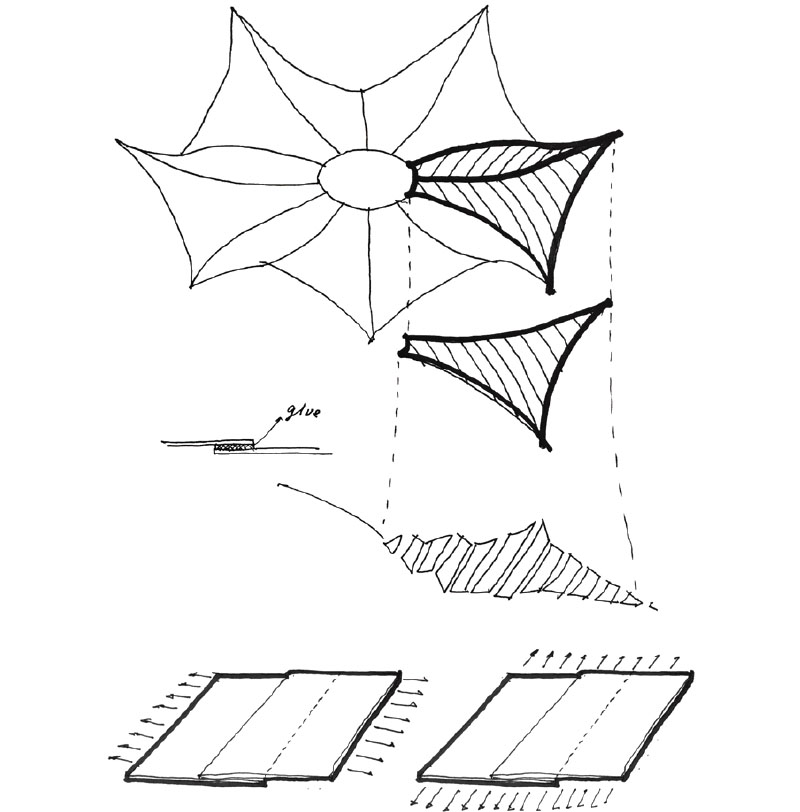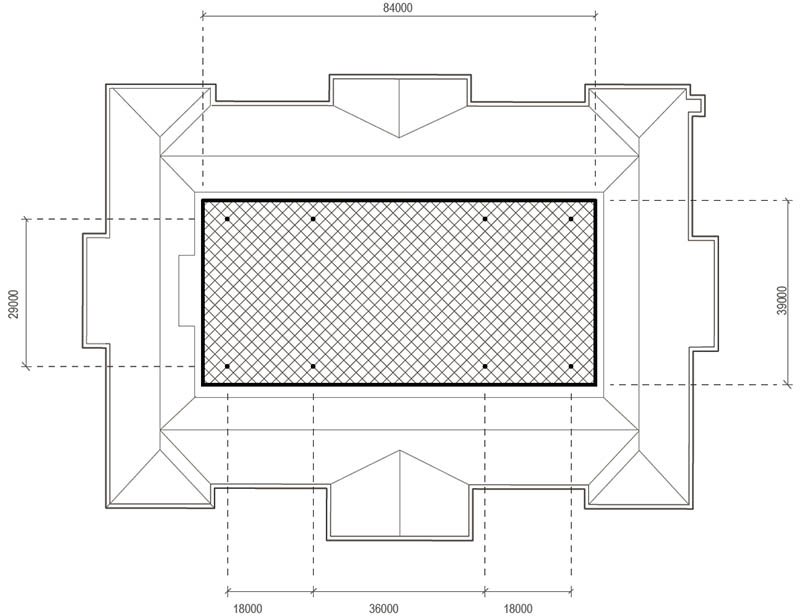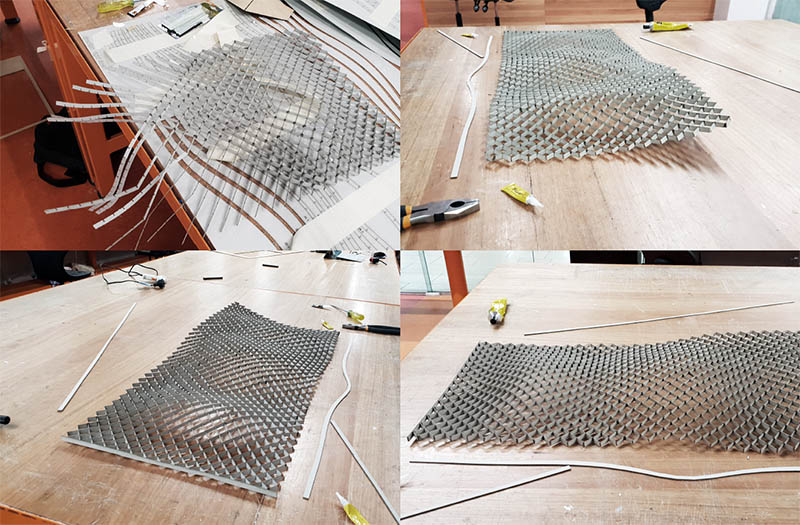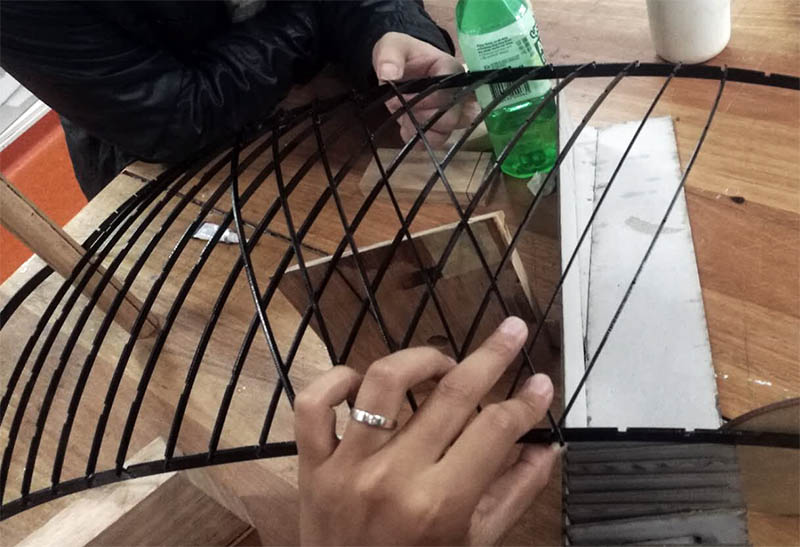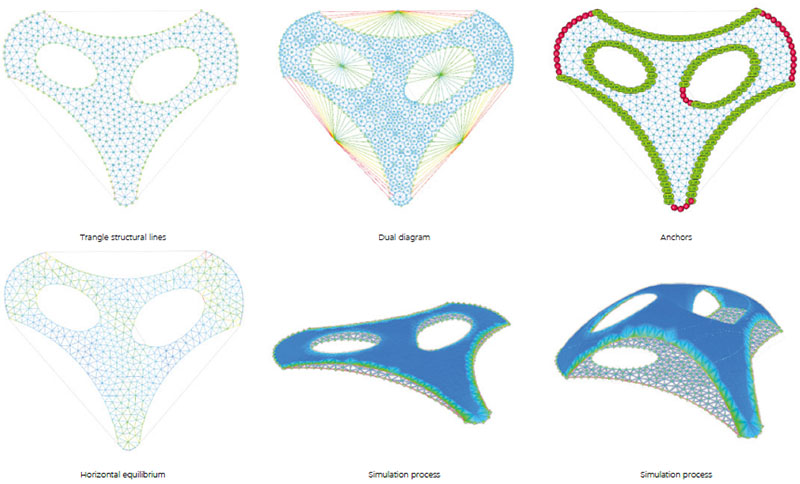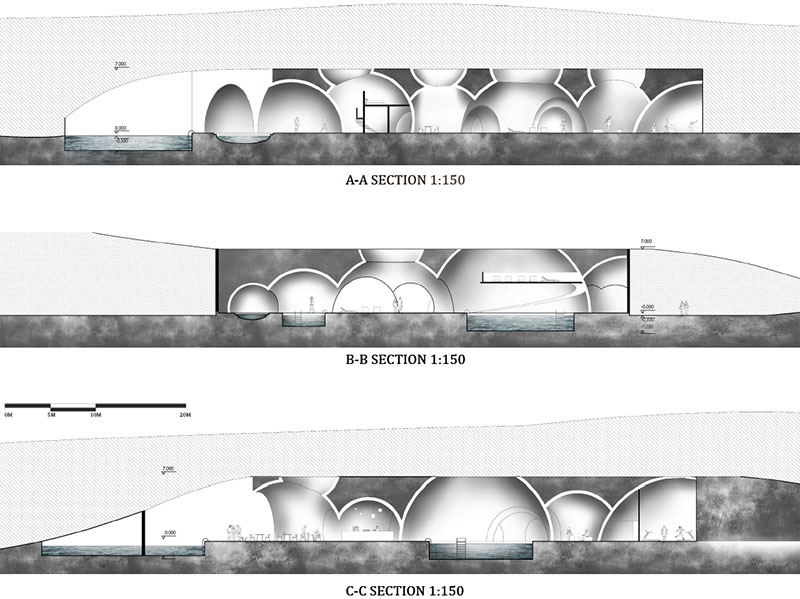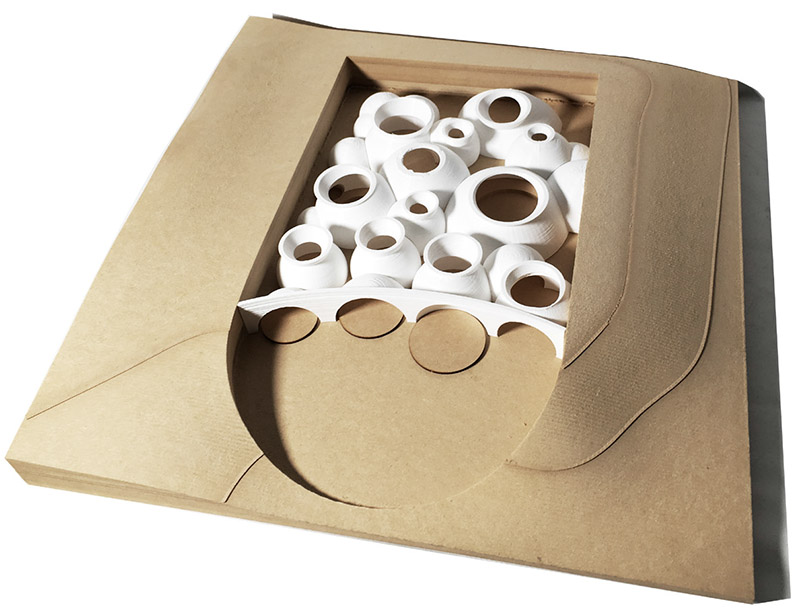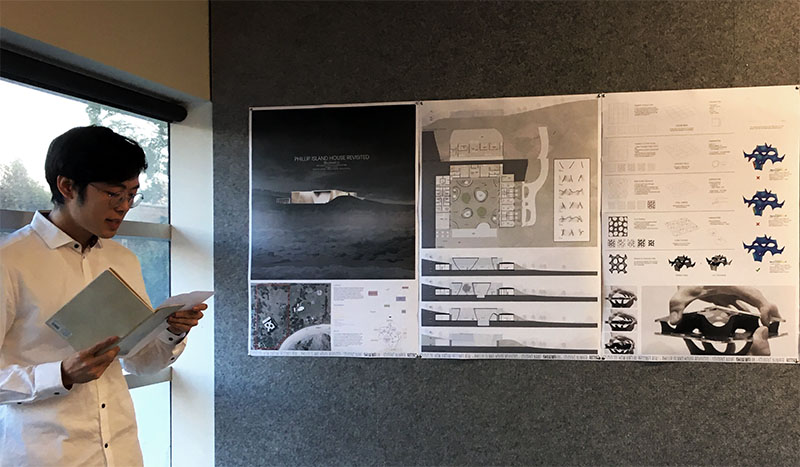The 8th edition of “How virtual becomes real” continued the research into the applications of form-resistant structures. The virtual and the real were synthesised by means of both physical form-finding and numerical/digital models.
The studio began dedicating five weeks to experimental and numerical form-finding techniques (on elastic gridshells, concrete shells and tensile structures). The students were also exposed to different fabrication methods through the reconstruction of selected case studies. It’s worth mentioning that these fabrication exercises were only meant to stimulate the students to develop a critical approach towards model making. They were also conceived to highlight potential similarities between model making and actual construction techniques, bearing in mind that a certain degree of speculation and discrepancy between the two things is inevitable.







